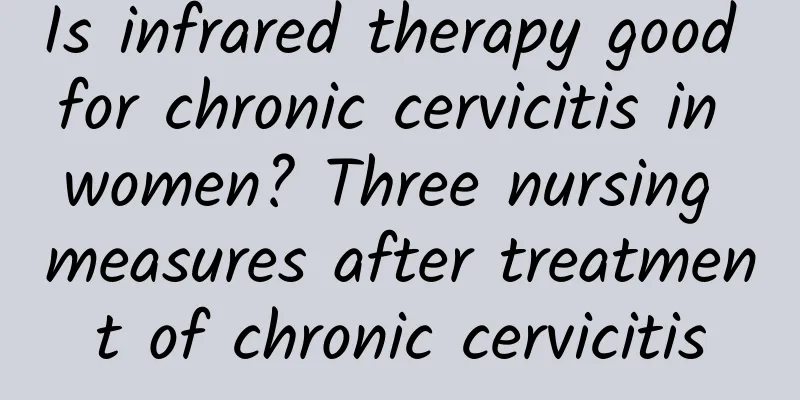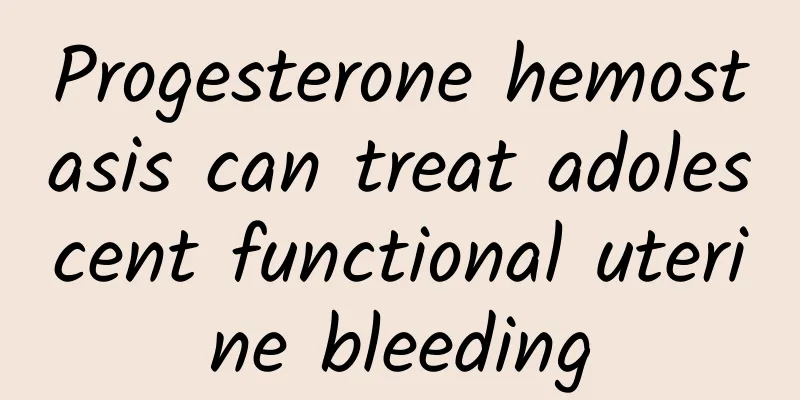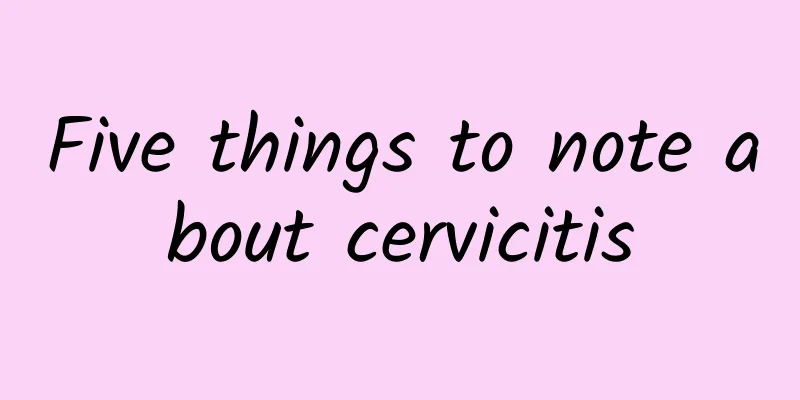How big is a uterine fibroid? What are the dangers of uterine fibroids?

|
Women are more likely to have uterine fibroids when they reach middle age. So how serious are uterine fibroids? How much does surgery cost? Let's take a look. Uterine fibroids can affect pregnancy, and about 25%-40% of patients are infertile. This is related to the size and location of the fibroids. For example, uterine horn fibroids can cause the fallopian tubes to twist and deform, affecting sperm or fertilized eggs, and reducing the chance of conception. Not all uterine fibroids require treatment and surgery. Most of them only require follow-up. However, because uterine fibroids can grow, doctors still recommend treatment up to a certain size. So, how serious are uterine fibroids? When fibroids grow too fast or after menopause, fibroids not only do not shrink, but grow larger. Generally speaking, fibroids that are more than 5.0cm are more serious and need to be removed surgically in time. However, the specific treatment plan needs to be determined according to the individual's age, clinical manifestations, and endocrine conditions. Generally speaking, if the size of the fibroid exceeds 3 cm and the blood supply is rich, surgery should be performed as soon as possible. For less serious fibroids, Chinese medicine can be used to treat them and make the fibroids dissipate. Under what circumstances are uterine fibroids serious? 1. Excessive menstrual bleeding Due to uterine fibroids, heavy menstrual flow, and long menstrual cycles, long-term excessive menstrual bleeding can lead to secondary anemia and even anemic heart disease. In severe cases, symptoms such as general fatigue, pale complexion, shortness of breath, and palpitations are common in submucosal uterine fibroids and intramural uterine fibroids. This situation cannot be delayed at will. It is recommended to perform surgery at an appropriate time, otherwise it may be life-threatening. 2. Compression of pelvic organs Compression of the bladder can cause urinary urgency, frequent urination, or even difficulty urinating. Compression of the rectum can cause rectal irritation symptoms or even difficulty defecating. Low-lying fibroids or cervical fibroids or broad ligament fibroids compress the ureter, leading to hydroureteral and renal pelvis. People with pelvic organ compression symptoms do not necessarily have heavy menstrual flow or long menstrual periods. Generally speaking, surgical treatment should be considered once cervical fibroids, broad ligament fibroids, and submucosal fibroids are found. 3. Suspected malignant transformation of tumors The probability of malignant transformation of uterine fibroids is very small, generally less than 1%, and is more common in people who are older, have large fibroids, and grow rapidly, especially when fibroids grow rapidly after menopause or occur after menopause. Although most uterine fibroids shrink after menopause, they cannot be completely taken lightly and should be checked regularly for a period of time. 4. Torsion of the pedicle of a subserous tumor Torsion of the pedicle of a subserous tumor often presents as acute lower abdominal pain. If surgery is not performed in time, the necrotic myoma may be twisted, which may lead to secondary infection, and in severe cases, intestinal adhesions and intestinal obstruction. 5. Infertility is caused by uterine horn fibroids compressing the entrance of the fallopian tubes, hindering pregnancy. In addition, fibroid patients often have ovarian dysfunction, leading to infertility. Uterine fibroids deform the uterus and hinder the implantation of fertilized eggs, but they also affect the proliferation of the endometrium. Even if the embryo is implanted, it is easy to cause miscarriage due to the presence of fibroids. Women with uterine fibroids are infertile, and other examinations are normal. The cause of infertility may be uterine fibroids. If fibroids are suspected to cause infertility, surgery should be performed in time. 6. Adhesion to ovarian tumor Sometimes, uterine fibroids are not easy to distinguish from ovarian tumors, whether by clinical symptoms, physical examination or auxiliary examinations such as ultrasound. When it is impossible to distinguish between uterine fibroids and ovarian tumors, surgery should be performed in time. 7. Some relative indications: The diameter of a single myoma exceeds 5 cm. The uterus of a myoma patient is enlarged beyond 10 weeks of pregnancy. How serious are uterine fibroids? The above is what the editor introduces to you for reference. |
<<: Is it serious to have uterine fibroids? Will uterine fibroids affect pregnancy?
Recommend
Playing badminton, sudden stop, jump smash... learn how to prevent sports injuries
Although it may seem like badminton players find ...
Analysis of common treatment methods for vaginitis
Vaginitis is a disease that is extremely harmful ...
Is ovarian cyst serious? What are the main symptoms?
Ovarian cysts are a type of ovarian tumor in a br...
Can pregnant women with cervical erosion give birth naturally? Pregnant women with cervical erosion must know these issues
Cervical erosion, a common gynecological disease ...
Women should know clearly what the symptoms of ectopic pregnancy are
In our lives, ectopic pregnancy is very common, a...
Experts introduce dietary therapy for uterine fibroids
"What are the dietary treatments for uterine...
Talk about some tips for preventing endometrial tuberculosis
Endometrial tuberculosis is a disease caused by t...
Ai Mei suffered from acute renal failure after massive liposuction
It was rumored that Li Jing suffered acute renal ...
Experts explain what are the symptoms of Trichomonas vaginitis?
As more and more patients with Trichomonas vagini...
How can women with chronic cervicitis be cured? This treatment has a higher recovery rate for chronic cervicitis
Nowadays, there are more and more types of gyneco...
Who says bananas are high in sugar? Eating green bananas can help you lose weight
Many people who want to lose weight are afraid to...
G.E.M. reveals her lazy breakfast, replacing rice with oatmeal to lose 7 kg a year? Nutritionist says...
G.E.M., known as the "Iron Lung Queen",...
Endometrial tuberculosis and exercise
Regardless of what type of disease the patient su...
How to prevent habitual miscarriage? Do these 3 things
Every woman does not want to suffer from habitual...
How to cure ovarian cysts
How to cure ovarian cysts? Ovarian cysts are one ...









